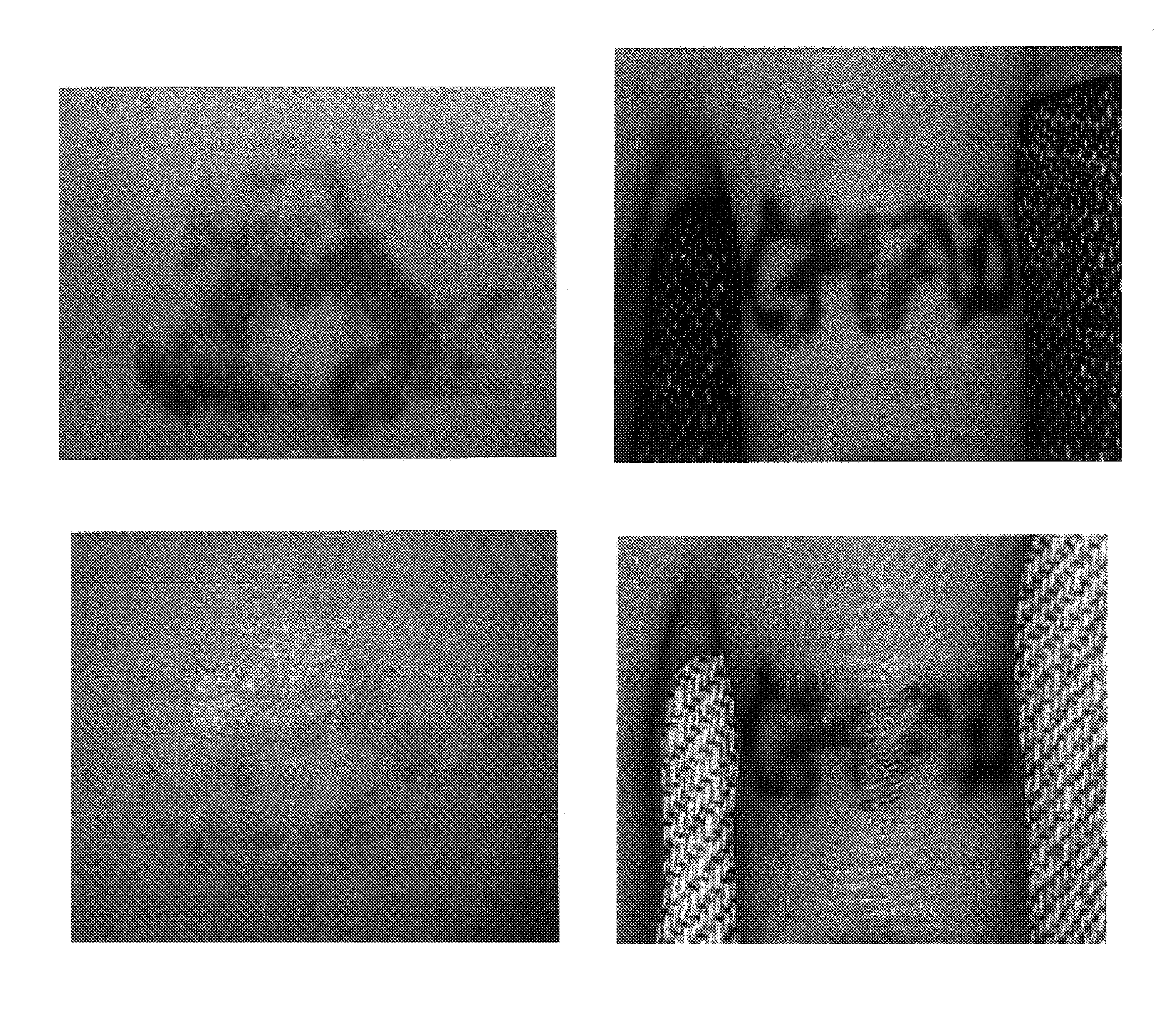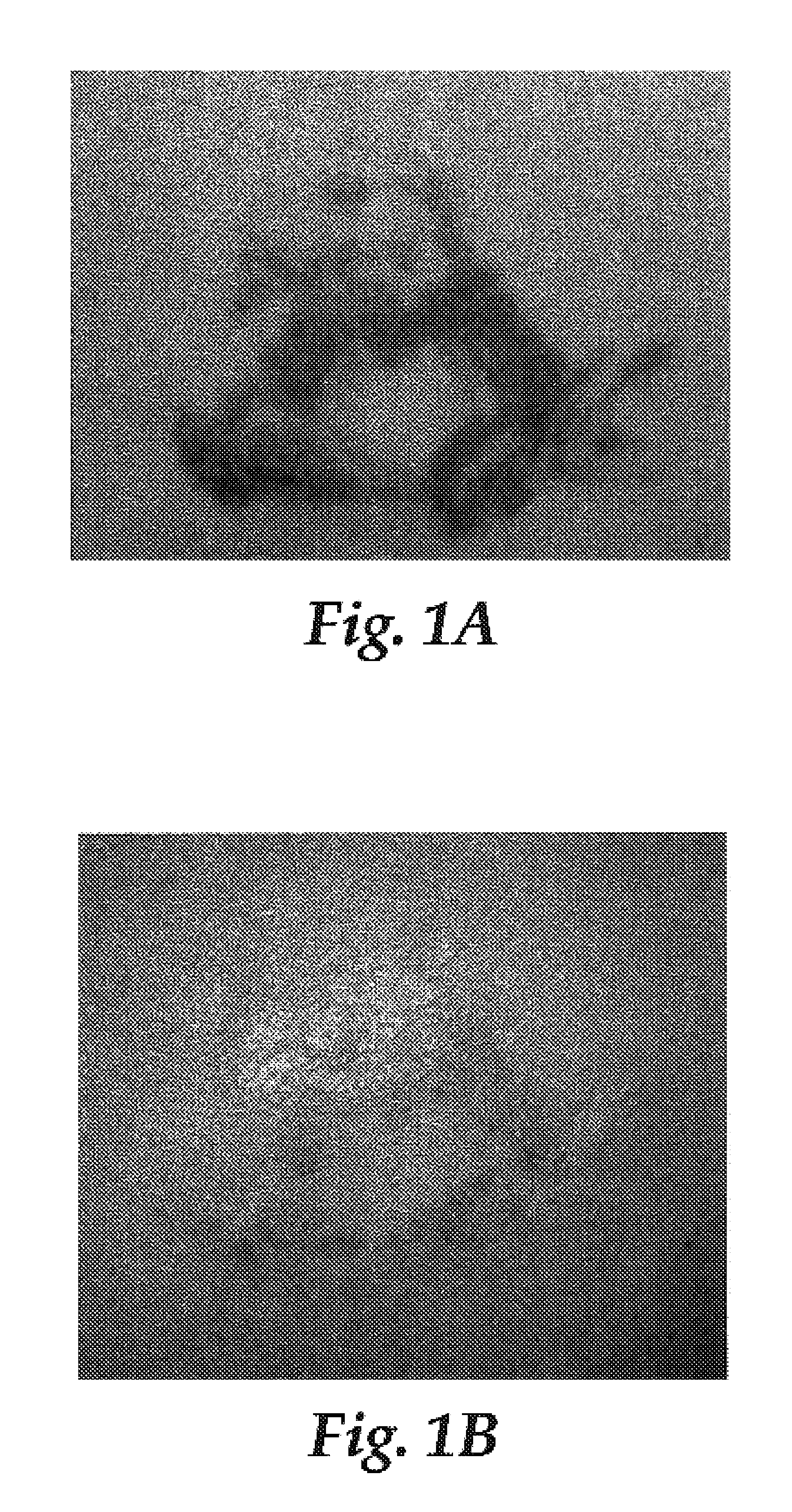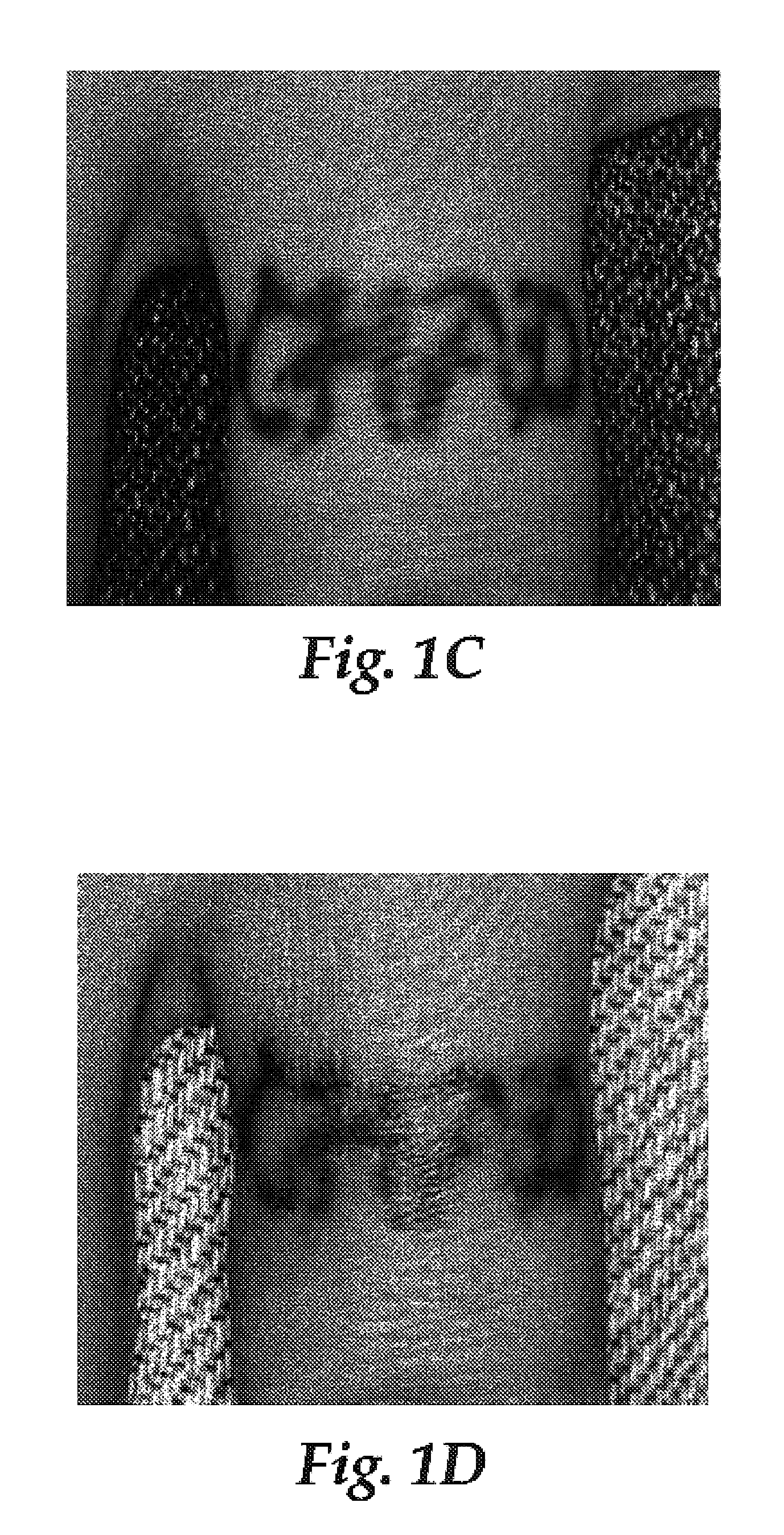Method of tattoo removal
- Summary
- Abstract
- Description
- Claims
- Application Information
AI Technical Summary
Benefits of technology
Problems solved by technology
Method used
Image
Examples
examples
[0062]Twenty volunteers seeking tattoo removal treatment were enrolled in a study. All subjects sought removal of two tattoos, each tattoo being at least six months old, within ten years of age of the other tattoo, and of similar pigment color spectrum, intensity, and sharpness to the other. The treatment area for any given tattoo ranged from 1 in.2 to 2 in.2 (2.5 cm2 to 5 cm2).
[0063]Laser treatment was performed every four to six weeks for a maximum of six laser treatments or until a tattoo was completely cleared. A Q-switched Nd:YAG laser set at 1064 nm was used to treat blue and black pigments. A frequency doubled Nd:YAG laser set at 532 nm was used to treat red pigments. A Q-switched alexandrite 755 nm laser was used to treat aqua and green pigments.
[0064]In combination with the laser treatment, one of each subject's tattoos was randomly selected to receive treatment with 5% imiquimod cream (ALDARA, 3M Pharmaceuticals, St. Paul, Minn.) by topical administration. The other tattoo...
PUM
 Login to View More
Login to View More Abstract
Description
Claims
Application Information
 Login to View More
Login to View More - Generate Ideas
- Intellectual Property
- Life Sciences
- Materials
- Tech Scout
- Unparalleled Data Quality
- Higher Quality Content
- 60% Fewer Hallucinations
Browse by: Latest US Patents, China's latest patents, Technical Efficacy Thesaurus, Application Domain, Technology Topic, Popular Technical Reports.
© 2025 PatSnap. All rights reserved.Legal|Privacy policy|Modern Slavery Act Transparency Statement|Sitemap|About US| Contact US: help@patsnap.com



